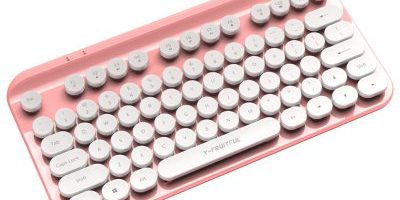Apple’s butterfly mechanism keyboards were revolutionary in their design, but they also sparked intense debate. Let’s take a retrospective look at the butterfly mechanism and its impact:
- Ultra-Thin Design: The butterfly mechanism allowed Apple to create incredibly slim and lightweight laptops, such as the MacBook and MacBook Air. These laptops were appreciated for their portability.
- Minimalist Aesthetics: The butterfly mechanism keyboards contributed to the overall minimalist and modern design of Apple laptops, aligning with Apple’s design philosophy.
- Key Travel Controversy: While the butterfly mechanism provided a sleek appearance, it received mixed reviews due to its shallow key travel. Some users found it less comfortable for extended typing sessions.
- Reliability Issues: The butterfly mechanism faced criticism for its durability and reliability. Many users reported issues with stuck or unresponsive keys, leading to an extended repair program by Apple.
- User Feedback: Apple listened to user feedback and acknowledged the shortcomings of the butterfly mechanism, eventually discontinuing it in favor of returning to the more traditional scissor-switch design.
- Scissor-Switch Return: Apple’s decision to revert to scissor-switch keyboards in its laptops and the Magic Keyboard demonstrated the company’s commitment to user satisfaction and a more comfortable typing experience.
The butterfly mechanism, while innovative, taught Apple important lessons about the balance between design and functionality. The subsequent return to scissor-switch keyboards reflects Apple’s responsiveness to user needs and preferences.








